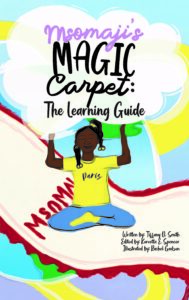“Hey Black Child,
Do you know where you’re going? Where you’re really going?
Do you know you can learn
What you want to learn?
If you try to learn
What you can learn?”
That is an excerpt from the renowned Eugene Perkins poem “Hey Black Child”. The words still empower and inspire children over 40 years later. As we enter Black History Month, it is important that Black children are aware of the many contributions that people who look like them have made all over the world. It helps to encourage and affirm their dreams and aspirations, while teaching them about interesting things to see in other places.
Every time I travel, I try to find special moments. in history unique to the destination that push me to keep going—that remind me that I am strong, beautiful, and worthy. Imagine the impact it could have if we used the same intention when traveling with children.
There are destinations in all 50 states and all over the world that affirm Black children of their uniqueness and their worth. But here are just a few examples:
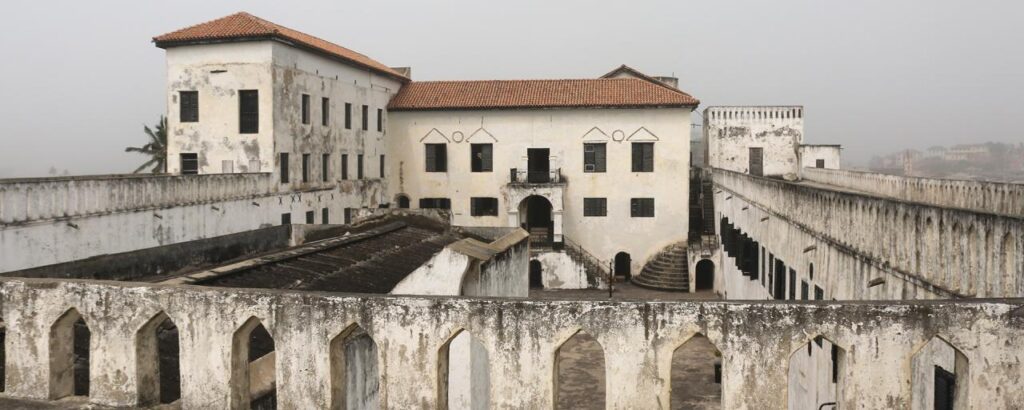
Elmina Castle
Remnants of gruesome part of history, which includes the transatlantic slave trade and the middle passage can be found in Ghana, West Africa. Elmina Castle is the first European slave trading post in sub-Saharan Africa and is a UNESCO heritage site. It was built by the Portuguese in 1482 and was originally used for trading African goods like gold and ivory. In 1637, the Dutch bombarded the castle, took control of it and used it to trade thousands of slaves every year until the early 1800’s. The comfortable upstairs quarters where Dutch traders lived was drastically different than the dark, muggy dungeons where Africans were chained together and forced to suffer horrific conditions such as violence, starvation and disease before walking through the castle’s infamous “Door of no return” and being placed on ships to enter a life of slavery. Understanding the pain endured to get us to where we are today is a testament of the strength and resiliency of Black people. Let us remind our children of the following affirmation: “I am my ancestor’s wildest dreams.”
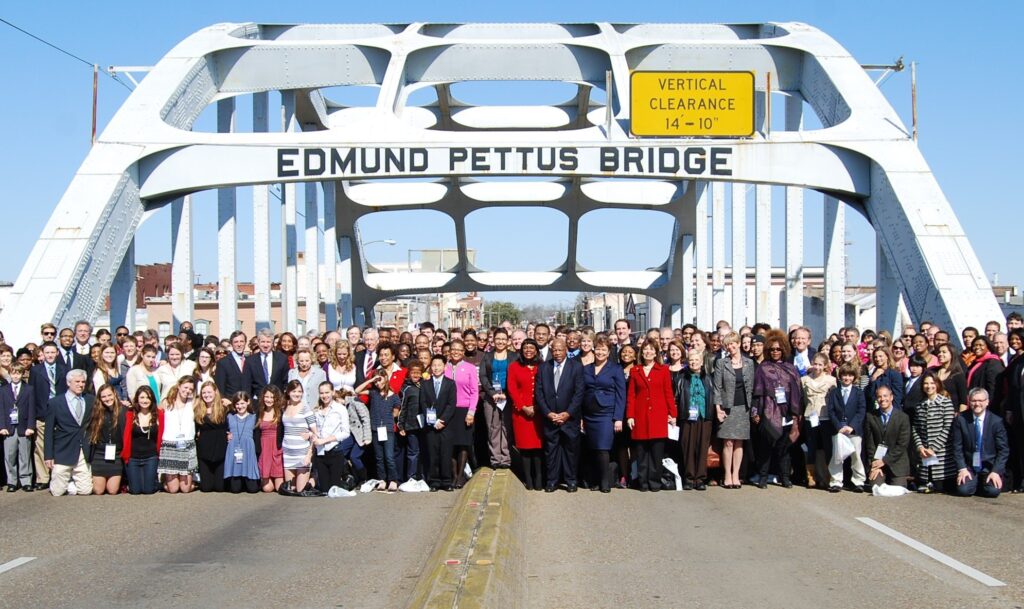
Civil Rights Trail
Spanning multiple decades and across 15 states, the civil rights trail connects to more than 100 sites that are significant to the fight for equal rights chartered by the Black pioneers that have come before us. It was created in 2018 by several tourism agencies to showcase churches, schools and other landmarks significant to the Civil Rights Movement. Some prominent stops are the Dr. King memorial in Washington D.C., Little Rock Central High, (where nine Black girls protested school segregation in Arkansas in 1957), and the Edmund Pettus Bridge where the brutal “Bloody Sunday” beatings occurred as Blacks marched for equal voting rights in 1965. These moments in history remind us that we have to initiate the change that we want to see in the world and that we are capable of making a difference. Affirmation: “Change will not come if we wait for some other person or some other time. I am the one I’ve been waiting for. I am the change that I seek.” ~Barack Obama
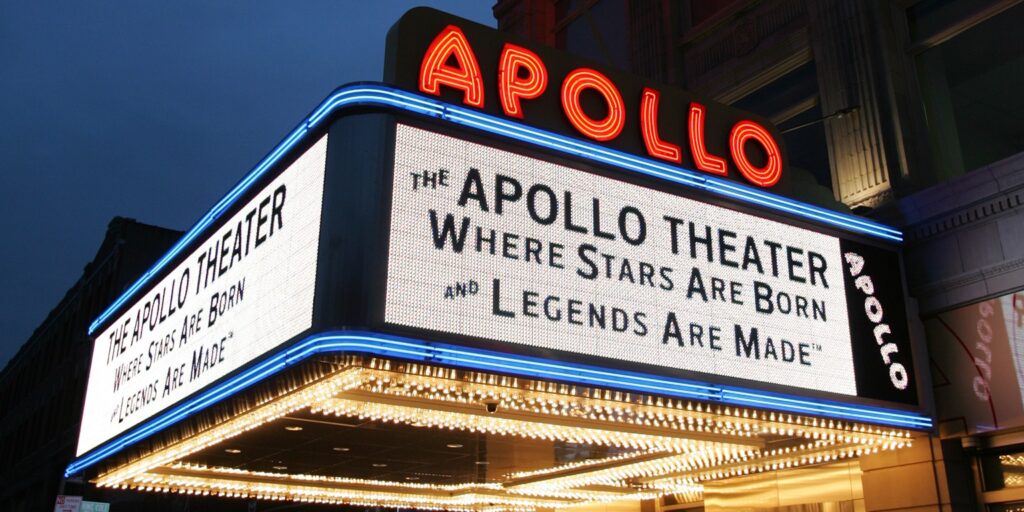
The Apollo Theatre
Established in 1914, the Apollo Theatre is one of the most important historic landmarks in Harlem and has been a platform for just about every African American musician from Lena Horne and James Brown to Michael Jackson and Prince. Its famous “amateur night” began in the 1930’s and became a catalyst for launching the careers of thousands of Black performers. The Apollo helped African Americans shine during an intense time of segregation and discrimination when many of them were forbidden from entering most theaters. Just about all American music genres can credit this New York music hall for spending nearly a century serving as a mecca for Black talent. The story of the Apollo serves as inspiration that if we chase our dreams, there’s no telling how far we can go. Affirmation: “Stay far from timid. Only make moves when your heart’s in it, and live the phrase sky’s the limit.”~ Notorious B.I.G.
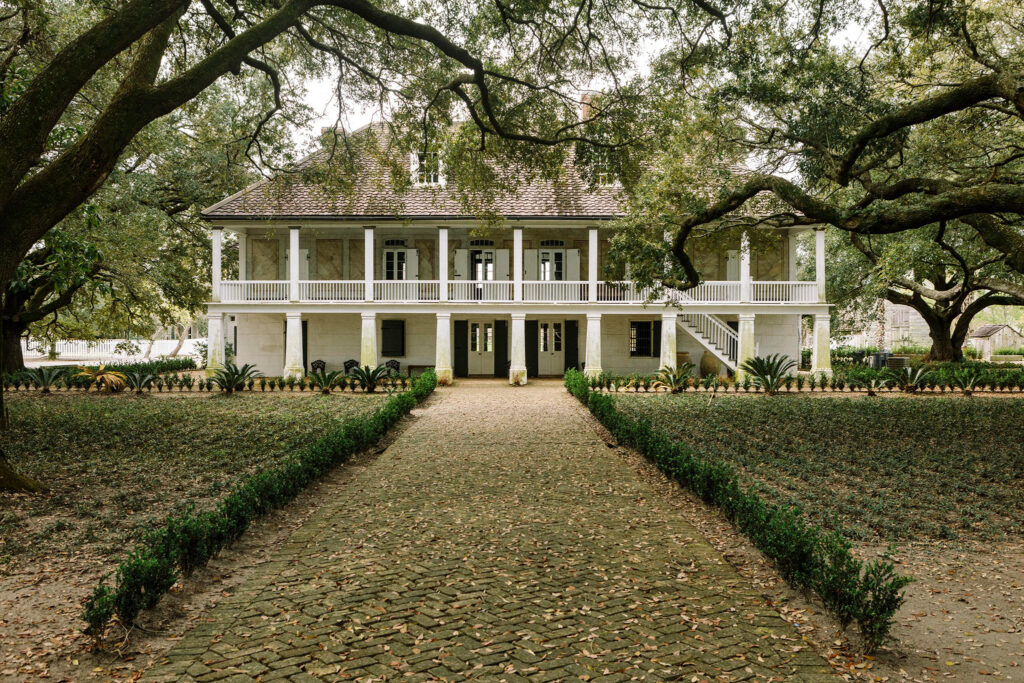
Whitney Plantation
In Wallace, Louisiana, about 45 minutes from New Orleans, is a unique experience that takes visitors on a journey through the lives of slaves in the south. While many plantations have managed to “white wash” visitor tours and focus more on the beauty of the structures that sit on the land, rather than the blood, sweat and tears of the enslaved Africans who cultivated it, the Whitney Plantation has changed the narrative. It is the only museum in the south with an exclusive focus on the lives of enslaved Black people. Take a journey through the original slave cabins on this sugar plantation and learn about the nearly 100,000 souls brought from West Africa in the 1700’s. While the entire experience is an emotional one, the sight of 60 sculpted head replicas created to represent those beheaded in a local slave revolt is one of the most memorable parts of the museum. The journey of slavery in the U.S. was a traumatic one and its effects still linger. But Black people have still managed to rise from the worst conditions to some of the most prestigious roles in the country—including President of the United States. Affirmation: “Leaving behind nights of terror and fear, I rise. Into a daybreak that’s wondrously clear, I rise. Bringing the gifts that my ancestors gave, I am the dream and the hope of the slave. I rise. I rise. I rise.”~ Maya Angelou
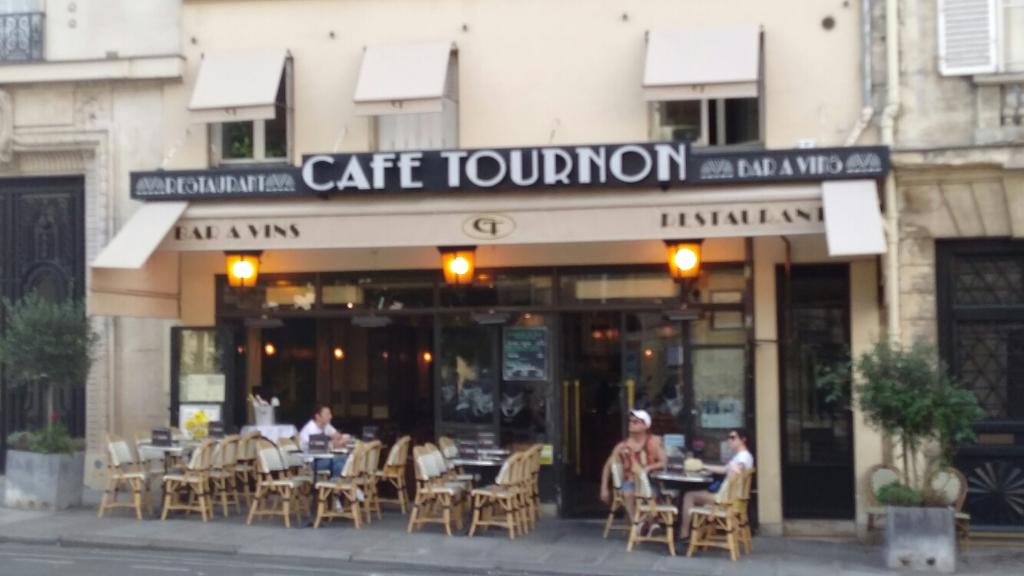
Cafe Tournon
If the walls could talk at this quaint, Parisian cafe, it would whisper secrets of conversations had by Black creatives whose contributions have made a prolonged literary and musical impact on society. Black expats like writer James Baldwin and musician Duke Ellington who sought refuge from the racism they experienced in the U.S. spent time here in the posh 6th arrondissement of Paris chatting about life and their creative endeavors. If you visit the cafe today, you could discover old 1950’s photos of Harlem Renaissance painter Beaufort Delaney eating and drinking with Duke Ellington. African Americans who courageously ventured into new and unknown territory (i.e. Paris) in an effort to have their talents appreciated and acknowledged remind us that we should go where we are celebrated and not just tolerated—and that it is important to be open to exploring new places. Affirmation: “You have to go the way your blood beats. If you don’t live the only life you have, you won’t live some other life, you won’t live any life at all.” ~ James Baldwin
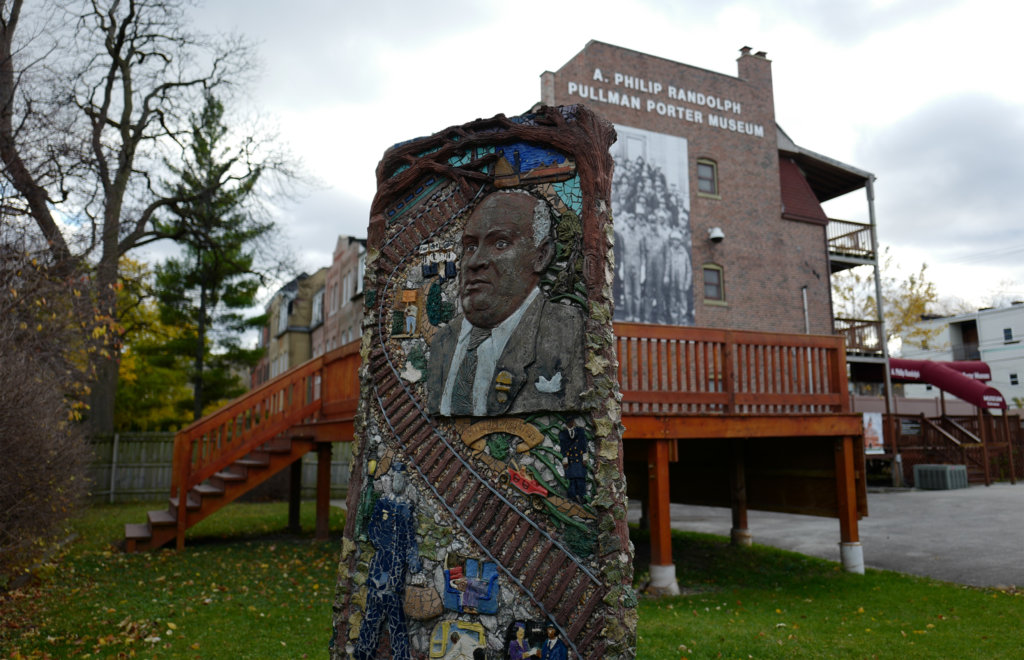
Pullman Porter Museum
The Pullman Porters were Black men (many of them former slaves) who worked for the Pullman Palace Car company beginning in the 1860’s. They served white passengers on sleeper cars as they traveled across the country. Dubbed “the perfect servants” because they were practically paid pennies while being subjected to racist treatment and long hours, the job of a Pullman Porter eventually became a coveted one due to the fact that they were able to travel during a time when it would otherwise be prohibited for Blacks —and the work was not as grueling as picking cotton in the fields. A museum dedicated to the hard work and legacy of the Pullman Porters is located in Chicago and it gives visitors an up close look into their plight—including how A. Philip Randolph formed a labor union for the Pullman Porters in the 1920’s and fought for wage hikes and fair treatment. Even in the 21st century, there are still racial disparities in the labor market, it is a hard fought battle that continues. May we honor those who were courageous enough to risk their lives while protesting unfair labor practices. And may we continue the fight. Affirmation: “At the banquet table of nature, there are no reserved seats. You get what you can take, and you keep what you can hold. If you can’t take anything, you won’t get anything, and if you can’t hold anything, you won’t keep anything. And you can’t take anything without organization. ~ A. Philip Randolph

Negro League Baseball Museum
Despite being just as if not more talented than their white peers in the game, Black baseball players were forced to form their own leagues in the 1920’s due to segregation. Greats like Leroy “Satchel” Paige, Josh Gibson and over three thousand other Black and Latino players from the Negro leagues who broke barriers are honored at this Kansas City museum that recently merged with the MLB. After years of criticism for its mistreatment of black talent, the MLB is finally stepping up, acknowledging its wrongs and recognizing the significant contributions Black athletes have made to the game of baseball. Now, all seven Negro leagues which played from 1920-1948 will be reclassified as major leagues. If you visit the museum, you’ll learn more about the injustices fought by Black players during that time, how they triumphed despite the odds and the overall impact they made on the social advancement of America. Although many of these great athletes didn’t live to see the lasting mark they made on baseball and the doors they opened for those who would come after them, their spirit of determination and the sacrifices they made for the love of the game is undeniable. Affirmation: “I think the good and the great are only separated by the willingness to sacrifice.” ~ Kareem Abdul-Jabbar


